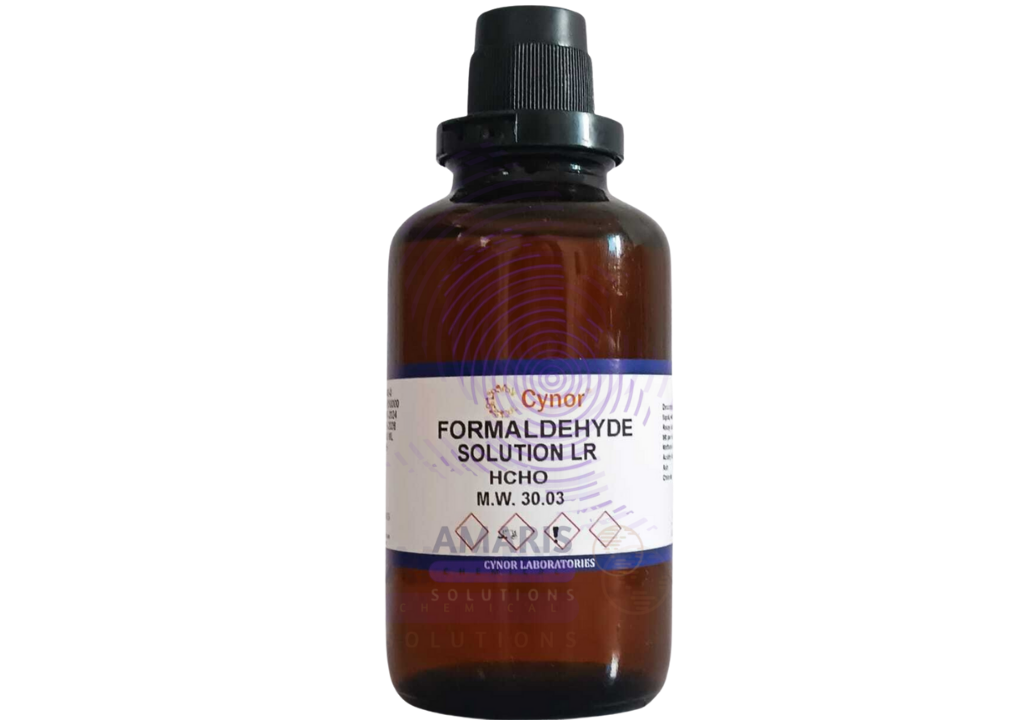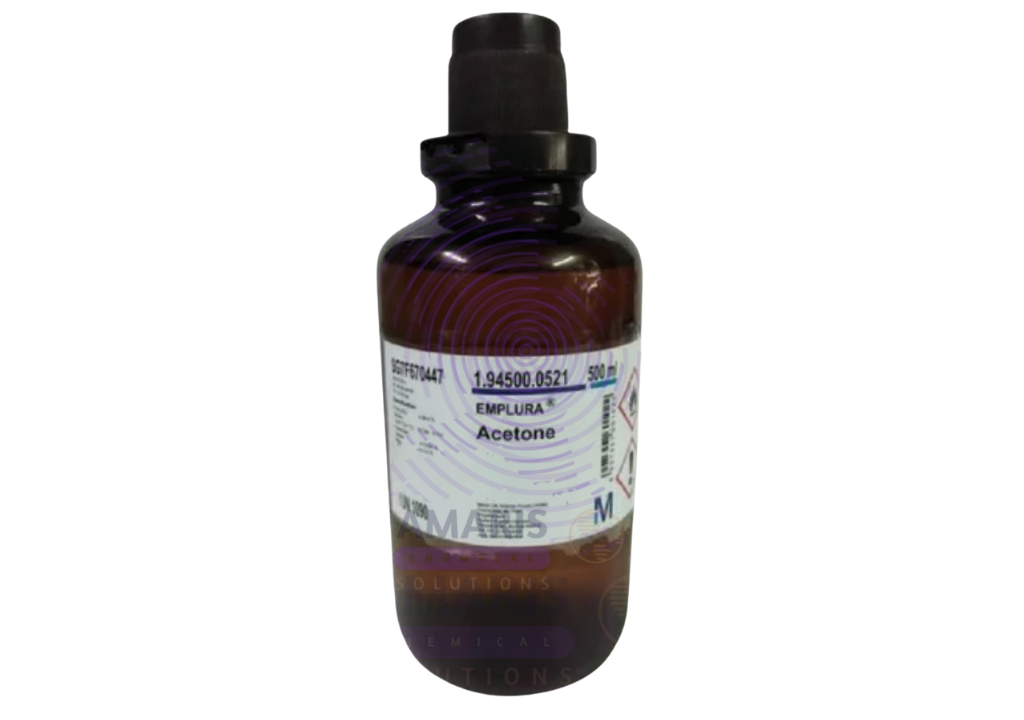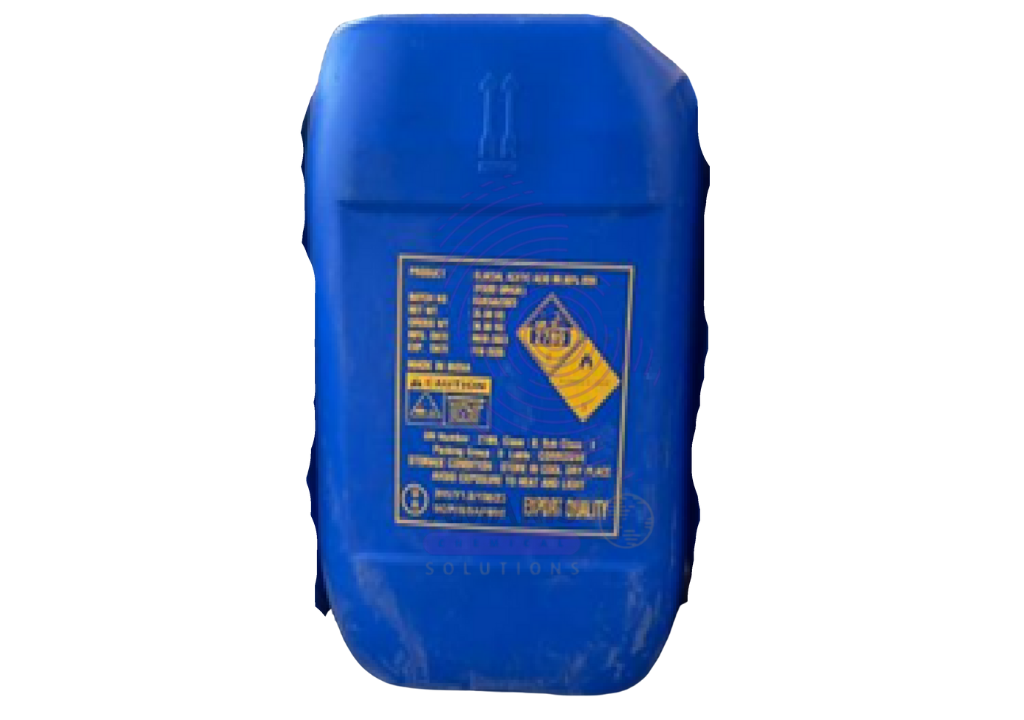Defoamers: How They Work And Why They Matter In Industrial Processes
Foam might seem harmless, but in industrial settings, it can cause major inefficiencies, product defects, and even safety hazards. That’s where defoamers (or antifoaming agents) come in—chemical additives designed to control and eliminate foam.
From wastewater treatment to food processing and pharmaceuticals, defoamers play a crucial role in keeping operations smooth. In this blog, we’ll explore:
- What causes foam in industrial processes?
- How do defoamers work?
- Different types of defoamers and their applications
- Key benefits of using defoamers
What Causes Foam in Industrial Processes?
Foam forms when gas bubbles get trapped in a liquid, stabilized by surfactants or proteins. Common industries where foam is problematic include:
✔ Wastewater treatment – Organic matter and agitation create persistent foam.
✔ Food & beverage production – Fermentation (beer, dairy) generates excess foam.
✔ Pulp & paper manufacturing – Chemical reactions produce foam that slows production.
✔ Paints & coatings – Air entrapment leads to defects in finished products.
If left uncontrolled, foam can:
- Reduce tank capacity
- Cause overflow spills (safety risk!)
- Slow down production speeds
- Lead to inconsistent product quality
How Do Defoamers Work?
Defoamers work by breaking down foam stability through three key mechanisms:
- Spreading – The defoamer spreads across the foam film, reducing surface tension.
- Penetration – It enters the foam lamellae (thin liquid films between bubbles) and weakens them.
- Bridging – The defoamer droplets bridge between bubbles, causing them to merge and collapse.
Types of Defoamers
| Type | Composition | Best For |
| Oil-based | Mineral/silicone oils + hydrophobic particles | Wastewater, fermentation |
| Silicone-based | Silicone oil + silica | Paints, adhesives, pharmaceuticals |
| Water-based | Emulsified oils or polymers | Food processing, detergents |
| Powder defoamers | Solid carriers (e.g., silica) | Dry mix applications (cement, plaster) |
Key Benefits of Using Defoamers
✅ Improved Efficiency – Less foam means faster processing and higher throughput.
✅ Better Product Quality – Prevents defects in coatings, food, and pharmaceuticals.
✅ Reduced Waste – Minimizes spillage and material loss.
✅ Safety Compliance – Prevents hazardous overflow in chemical tanks.
How to Choose the Right Defoamer
Consider these factors:
- Compatibility – Will it react with other chemicals in the process?
- Temperature/pH stability – Some defoamers break down in extreme conditions.
- Regulatory requirements – Food-grade (FDA) or eco-friendly options may be needed.
Conclusion
Defoamers are unsung heroes in industrial processes, ensuring smooth operations, product consistency, and safety. Whether you’re in manufacturing, food processing, or wastewater management, choosing the right defoamer can save time, money, and headaches.


 Preservatives(food)
Preservatives(food) Flavor Enhancers
Flavor Enhancers Acidulants
Acidulants Sweeteners
Sweeteners Antioxidants
Antioxidants Colorants(food)
Colorants(food) Nutraceutical Ingredients (food)
Nutraceutical Ingredients (food) Nutrient Supplements
Nutrient Supplements Emulsifiers
Emulsifiers
 Collectors
Collectors Dust Suppressants
Dust Suppressants Explosives and Blasting Agents
Explosives and Blasting Agents Flocculants and Coagulants
Flocculants and Coagulants Frothers
Frothers Leaching Agents
Leaching Agents pH Modifiers
pH Modifiers Precious Metal Extraction Agents
Precious Metal Extraction Agents
 Antioxidants(plastic)
Antioxidants(plastic) Colorants (Pigments, Dyes)
Colorants (Pigments, Dyes) Fillers and Reinforcements
Fillers and Reinforcements Flame Retardants
Flame Retardants Monomers
Monomers Plasticizers
Plasticizers Polymerization Initiators
Polymerization Initiators Stabilizers (UV, Heat)
Stabilizers (UV, Heat)
 Antifoaming Agents
Antifoaming Agents Chelating Agents
Chelating Agents Coagulants and Flocculants
Coagulants and Flocculants Corrosion Inhibitors
Corrosion Inhibitors Disinfectants and Biocides
Disinfectants and Biocides Oxidizing Agents
Oxidizing Agents pH Adjusters
pH Adjusters Scale Inhibitors( water)
Scale Inhibitors( water)
 Antioxidants(cosmetic)
Antioxidants(cosmetic) Emollients
Emollients Fragrances and Essential Oils
Fragrances and Essential Oils Humectants
Humectants Preservatives
Preservatives Surfactants(cosmetic)
Surfactants(cosmetic) Thickeners
Thickeners UV Filters
UV Filters
 Fertilizers
Fertilizers Soil Conditioners
Soil Conditioners Plant Growth Regulators
Plant Growth Regulators Animal Feed Additives
Animal Feed Additives Biostimulants
Biostimulants Pesticides (Herbicides, Insecticides, Fungicides)
Pesticides (Herbicides, Insecticides, Fungicides)
 Active Pharmaceutical Ingredients (APIs)
Active Pharmaceutical Ingredients (APIs) Excipients
Excipients Solvents(pharmaceutical)
Solvents(pharmaceutical) Antibiotics
Antibiotics Antiseptics and Disinfectants
Antiseptics and Disinfectants Vaccine Adjuvants
Vaccine Adjuvants Nutraceutical Ingredients (pharmaceutical)
Nutraceutical Ingredients (pharmaceutical) Analgesics & Antipyretics
Analgesics & Antipyretics
 Analytical Reagents
Analytical Reagents Solvents(lab)
Solvents(lab) Chromatography Chemicals
Chromatography Chemicals Spectroscopy Reagents
Spectroscopy Reagents microbiology-and-cell-culture-reagents
microbiology-and-cell-culture-reagents Molecular Biology Reagents
Molecular Biology Reagents Biochemical Reagents
Biochemical Reagents Inorganic and Organic Standards
Inorganic and Organic Standards Laboratory Safety Chemicals
Laboratory Safety Chemicals Specialty Laboratory Chemicals(Special Laboratory Equipment)
Specialty Laboratory Chemicals(Special Laboratory Equipment)
 Demulsifiers
Demulsifiers Hydraulic Fracturing Fluids
Hydraulic Fracturing Fluids Scale Inhibitors(oil)
Scale Inhibitors(oil) Surfactants(oil)
Surfactants(oil) Drilling Fluids
Drilling Fluids
 Dyes and Pigments
Dyes and Pigments Bleaching Agents
Bleaching Agents Softening Agents
Softening Agents Finishing Agents
Finishing Agents Antistatic Agents
Antistatic Agents
 Admixtures
Admixtures Waterproofing Agents
Waterproofing Agents Sealants and Adhesives
Sealants and Adhesives Curing Compounds
Curing Compounds Concrete Repair Chemicals
Concrete Repair Chemicals Anti-Corrosion Coatings
Anti-Corrosion Coatings
 Surfactants(cleaning)
Surfactants(cleaning) Builders
Builders Enzymes
Enzymes Solvents (Cleaning)
Solvents (Cleaning) Fragrances
Fragrances
 Electronic Chemicals
Electronic Chemicals Catalysts
Catalysts Lubricants
Lubricants Photographic Chemicals
Photographic Chemicals Refrigerants
Refrigerants Automotive chemicals
Automotive chemicals Pyrotechnic Chemicals
Pyrotechnic Chemicals
 Biodegradable Surfactants
Biodegradable Surfactants Bio-based Solvents
Bio-based Solvents Renewable Polymers
Renewable Polymers Carbon Capture Chemicals
Carbon Capture Chemicals Wastewater Treatment Chemicals
Wastewater Treatment Chemicals
 Pigments
Pigments Solvents(paint)
Solvents(paint) Specialty Coatings
Specialty Coatings Binders/Resins
Binders/Resins Additives
Additives Driers
Driers Anti-Corrosion Agents
Anti-Corrosion Agents Functional Coatings
Functional Coatings Application-Specific Coatings
Application-Specific Coatings
 Fresh Herbs
Fresh Herbs Ground Spices
Ground Spices Whole Spices
Whole Spices Spice Blends
Spice Blends Dried Herbs
Dried Herbs
 Leavening Agents
Leavening Agents Dough Conditioners
Dough Conditioners Flour Treatments
Flour Treatments Fat Replacers
Fat Replacers Decoratives
Decoratives Preservatives(baking)
Preservatives(baking)
 Plasticizers & Softeners
Plasticizers & Softeners Reinforcing Agents
Reinforcing Agents Adhesion Promoters
Adhesion Promoters Vulcanizing Agents
Vulcanizing Agents Antidegradants
Antidegradants Blowing Agents
Blowing Agents Fillers & Extenders
Fillers & Extenders Accelerators & Retarders
Accelerators & Retarders


















